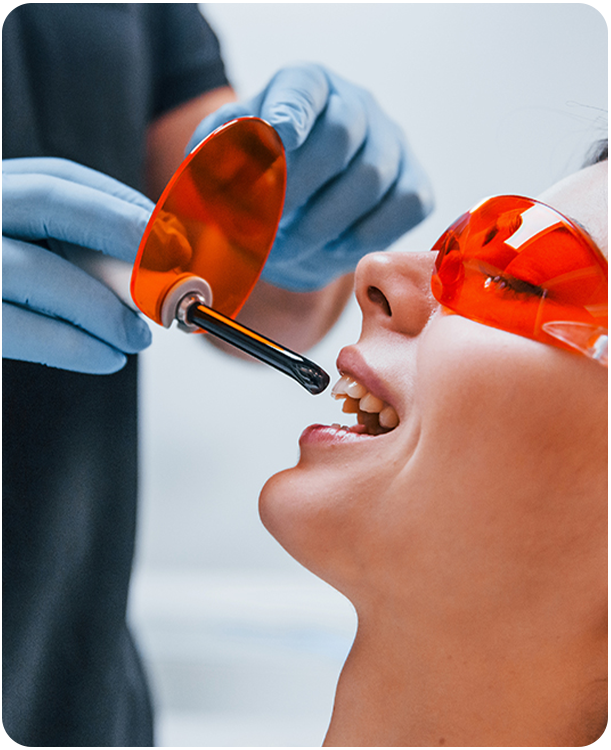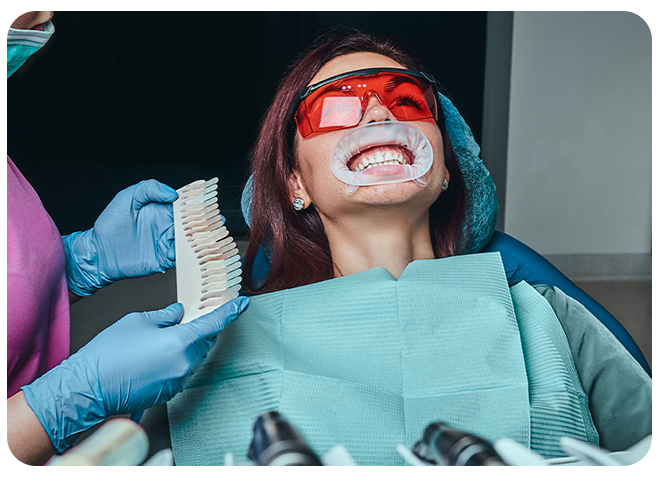Gummy Smile Treatment
- Gummy Smile Treatment
What is Gummy Smile and Why Does It Occur?
When you smile, if your gums are more visible than usual, it can cause aesthetic concerns. This condition, commonly referred to as gummy smile, can also lead to self-esteem issues. Fortunately, thanks to modern dental techniques, gummy smile treatment has become a feasible solution. In this article, we’ll answer questions such as what gummy smile is, why it occurs, who it’s suitable for, and which treatment methods can be applied.


Who Is Suitable for Gummy Smile Treatment?
Gummy Smile Treatment Methods
Gummy smile treatment can be customized based on the individual’s tooth and gum structure. The most commonly used treatment options include:
- 1. Gum Aesthetic (Gingivectomy)
A surgical procedure that removes excess gum tissue to make the teeth appear longer and more proportional. This is performed under local anesthesia with minimal discomfort. 💉
- 2. Laser Gum Treatment
Laser technology is used to delicately remove excess gum tissue. The benefits of this method include lower bleeding and faster recovery. ⚡
- 3. Orthodontic Treatment
For gummy smile issues caused by misaligned teeth, orthodontic treatment can help by realigning the teeth, improving both function and aesthetics. 🦷
- 4. Botox Application
If the gummy smile is caused by excessive movement of the upper lip, Botox injections can temporarily control the lip muscles. This is a temporary solution with effects lasting 4-6 months. 💉
- 5. Surgical Intervention (Orthognathic Surgery and Lip Repositioning)
For gummy smile cases due to the structure of the upper jaw, orthognathic surgery can reshape the jaw. Additionally, a lip repositioning procedure can be performed to adjust the lip position. 🏥
Gummy Smile Treatment Methods
To ensure a speedy recovery and maintain lasting results after treatment, follow these essential care tips:
Oral Hygiene: Regular brushing and flossing should not be neglected. 🪥
Avoid Hard Foods: During the healing process, it’s important to stay away from hard or crunchy foods. 🍏
Regular Doctor Visits: Follow-up visits with your dentist are crucial for long-term success. 🩺
Conclusion
Gummy smile is an aesthetic issue that can be addressed with modern dental techniques. Whether through gum aesthetic, laser treatment, Botox, orthodontics, or surgical methods, there is a solution for achieving a more balanced and attractive smile. If you're seeking a more harmonious and confident smile, consulting a dentist at LHC Clinic will help you determine the most suitable treatment option for your needs. ✨


Post-Treatment Care for Gummy Smile
listeleme alanı 1
listeleme alanı 2
Frequently Asked Questions
Porcelain Laminate or Composite Laminate?
Daily Oral Care Routine for Healthy Teeth
Why Are Color, Shape, and Symmetry Harmony Important in Dental Aesthetics? In smile design, achieving harmony in color, shape, and symmetry is key to creating a natural, balanced appearance. Discrepancies can make even healthy teeth look unattractive. Factors considered: • Matching the veneers or crowns to the natural tooth color and shape • Ensuring proportionate tooth sizes relative to facial features • Aligning teeth for overall symmetry This careful planning ensures the smile enhances the patient’s overall facial aesthetics.
Pregnancy can affect oral health due to hormonal changes, increasing the risk of: • Gum inflammation (pregnancy gingivitis) • Pregnancy tumors (harmless overgrowths on gums) • Enamel erosion from morning sickness Maintaining regular brushing, flossing, and safe dental check-ups during pregnancy is crucial for both mother and baby’s health.
A night guard is a custom-made device worn over teeth at night to: • Prevent tooth damage from grinding or clenching • Alleviate jaw tension and headaches related to bruxism Individuals with teeth grinding, jaw pain, or those who have had restorative dental work are often advised to use a night guard.
